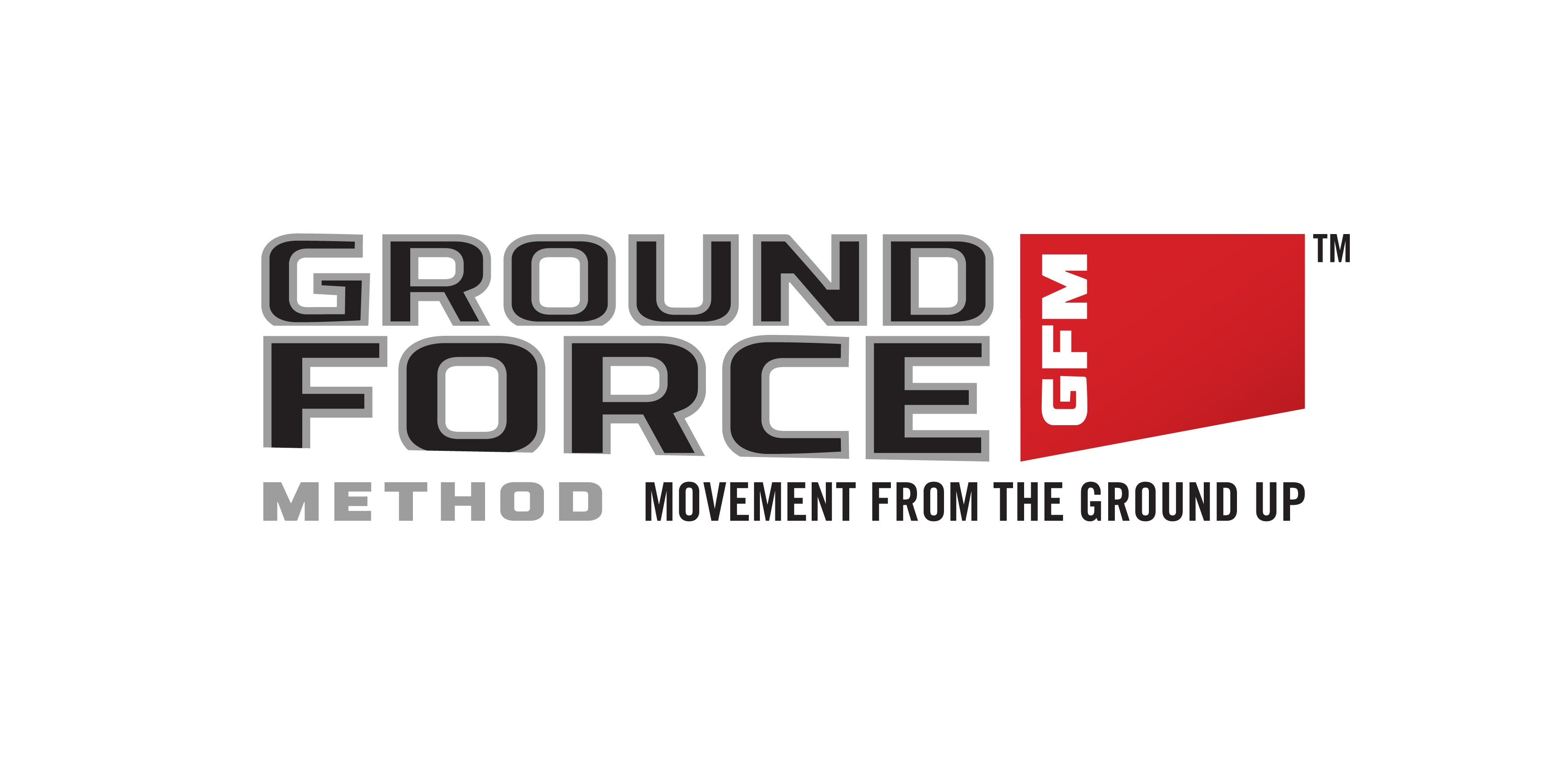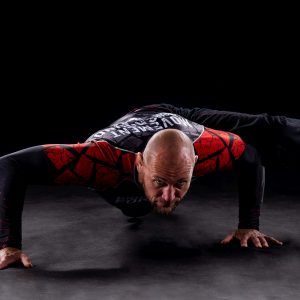Dynamic, fun, and enjoyable flows
General mobility Online course
GENERAL MOBILITY
ONLINE COURSE
Mobility is defined by the Meriam Webster dictionary as the ability or capacity to move. In training methodology, mobility refers to the person’s ability to move his or her joints to through their entire range of motion. A lack of mobility leads often to pain, discomfort and injury.
The goal of this course is to teach the student the basic principles and exercises for improving mobility in the ankle, hip, shoulders, neck, spine and wrist. This course allows you to practice in the comfort of your own home.
The exercises are simple, easy to perform and follow and are guaranteed to help improve your mobility and general feeling, when done consistently over a period of a few months.
With this course you will achieve
– Better, more elegant and pain free movement
– Better sports performance with lesser risk of injury or pain
– The ability to guide tour clients in improving their range of motion and reducing their pain and discomfort
– Help yourself and your clients achieve fitness goals
– Help re-learn correct, elegant and pain free movement, just like when you were young!
With the General Mobility Online you will receive
– Full access to the course material
– Knowledge of fundamental mobility principles such as the Joint By Joint Concept
– Understanding the general function of the joints
– No exams or prior knowledge needed!
– The course is in English and led by GFM Global Instructor Nadav Shoshan
– After purchasing the course, you can communicate with Nadav for questions and clarifications.
Course content
Introduction– Definition of mobility and the differences between mobility and stretching.
Lesson 1– Hip mobility: 3 dimensional mobility concept, figure 4 position, figure 4 lunge, half heel sit, Z position switches and Z position side roll, “hip openers”- prone to TGU to Bridge.
Lesson 2 – shouldere mobility: effects of sitting on the T spine upper back muscles and chest muscles, the Egyptian, S movement seated and prone, figure 8’s in crawl position, crawl to crab, pike to tabletop.
Lesson 3– ankle and toe mobility: the Joint By Joint concept, Ankle series, figure 8’s toes and ankle, snail, crawl-frog-crab transitions.
Lesson 4- spine and neck: effects of sitting and cellphone positioning on the neck and spine, supine neck rolls , hand on knee rolling, segmental rolling, forwards and backwards rolling.
Lesson 5– wrist mobility: effects of load and bad positioning on the wrist, finger waves, hand circles, tea pot, conclusion.

